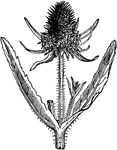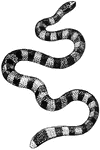
Starfish
This diagram represents the vertical section through an arm and an interradis of a starfish. a, anus;…
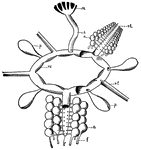
Starfish
This diagram shows a portion of the water-vascular system of the starfish. a, ampullae; f, ambulacral…
Annelid
This diagram shows a fresh-water annelid. a, appendages; br., brain; d, dissepiments; i, intestine;…

Artesian Wells
An artesian well is a confined aquifer whose water is pressurized. Water will thus flow out of an artesian…

Erosion
This illustration shows a cliff, having its lower layers near the level of low tide, extending out as…
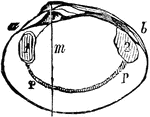
Oyster
Oysters grow for the most part in marine or brackish water. Inside a usually highly calcified shell…
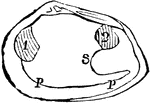
Oyster
Oysters grow for the most part in marine or brackish water. Inside a usually highly calcified shell…
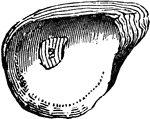
Oyster
Oysters grow for the most part in marine or brackish water. Inside a usually highly calcified shell…
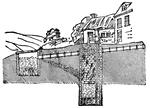
Leaky Drain
This illustration shows how putrefying animal matters from a leaky drain and an overflowing cess-pool…
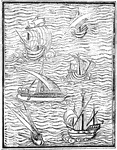
Spanish Vessels
This representation of the vessels of the early Spanish navigators is a fac-simile of a cut in Medina's…
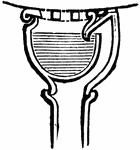
Drain Trap
A contrivance to prevent the escape of foul air from drains, while allowing the passage of water into…

Drain Trap
A contrivance to prevent the escape of foul air from drains, while allowing the passage of water into…
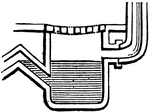
Drain Trap
A contrivance to prevent the escape of foul air from drains, while allowing the passage of water into…
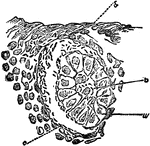
Cholera Germ
"An acute infectious disease, due to the implantation of the comma bacillus of Koch, characterized by…
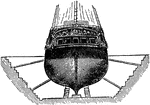
Dry Dock
Dry docks are two kinds, the stationary dock and the floating dock. They are used in order to get at…

Capillary Attraction
"b is a glass tube in water and c is a glass tube in mercury. The surface of the water in the tube b…

Hero's Fountain
"It consists of a brass dish A and two glass globes B and C. The dish communicates with the lower part…

Dredge
Dredging, the excavating or scooping out of soil, mud, sand or rock under water by a machine called…

Great Black Backed Gull
"A long-winged water-bird with webbed feet, inhabiting all parts of the world. The group to which gulls…
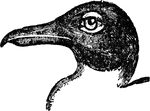
Black-headed Gull
"A long-winged water-bird with webbed feet, inhabiting all parts of the world. The group to which gulls…
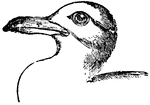
Killiwake Gull
"A long-winged water-bird with webbed feet, inhabiting all parts of the world. The group to which gulls…

Small Black-Backed Gull
"A long-winged water-bird with webbed feet, inhabiting all parts of the world. The group to which gulls…
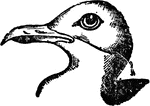
Herring Gull
"A long-winged water-bird with webbed feet, inhabiting all parts of the world. The group to which gulls…

Melons
"A plant of the same genus with the Cucumber, much cultivated for its fruit, which is sweet, with a…
Paddle
"Probably the precursor of the Oar, and still is substitute among barbarous nations, is a wooden implement,…
Double Paddle
"Probably the precursor of the Oar, and still is substitute among barbarous nations, is a wooden implement,…
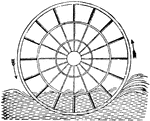
Ordinary Paddle-wheel
"The usual form of paddle-wheel, that is called the radial, in which the floats are fixed. It will be…
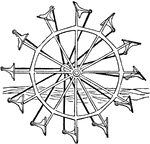
Feathered Paddle-wheel
"Elijah Galloway patented, in 1829, the Feathered Paddle-wheel, in which the floats are mounted on axes,…

Quern
"A primitive mill for grinding corn, the stone of which was turned by the hand before the invention…

Danglish Apparatus
"The Danglish apparatus consists of the following parts: 1st, a generator A, in which carbonic acid…

Roman Baths
"The baths of Titus, the name of each part of the building is inscribed on it. The small dome inscribed…

Rialto Bridge
"The bridge of the Rialto at Venice was begun in 1588, Antonio da Ponte being the architect. The span…
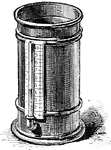
Pluviometer
An instrument for collecting and measuring the quantity of water that falls in rain, snow, etc.
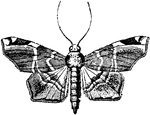
Pyralidina
"The Pyralidina are a group of small moths readily distinguished by their long slender bodies and large…
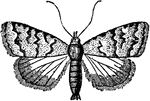
Pyralidina
"The Pyralidina are a group of small moths readily distinguished by their long slender bodies and large…
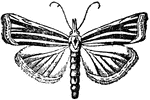
Pyralidina
"The Pyralidina are a group of small moths readily distinguished by their long slender bodies and large…

Pyralidina
"The Pyralidina are a group of small moths readily distinguished by their long slender bodies and large…
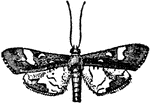
Pyralidina
"The Pyralidina are a group of small moths readily distinguished by their long slender bodies and large…
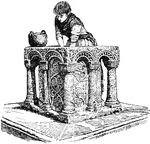
Pozzo
One of the curbs or heads of the cisterns which are filled with water from the neighboring mainland.
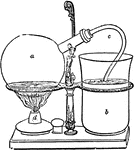
Napier's Coffee Apparatus
"This coffee apparatus consists of a glass globe a, an infusing jar b, of glass or porcelain and a bent…
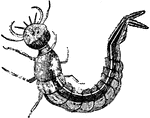
Water Beetle Larva
Water beetles carry air bubbles under their abdomens, which provides an air supply. Water beetle larvae…

Pulp Engine
A machine used for converting paper rags, esparto, and other materials into pulp with water.

Diving Dress
"The diving dress envelops the whole body of the diver, the upper portion a being the "helmet," the…
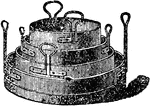
Set of Sieves
"Close to the place where the dredge is emptied there ought to be a tub about 2 feet in diameter and…

Condenser
"It consists of a series of upright pipes connected in pairs at the top by semicircular pipes e, e,…
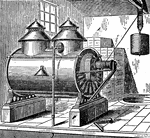
Auto-Pneumatic Apparatus
"Hearson's machine is cylindrical in form, and is surmounted by two turrets. Internally the cylinder…
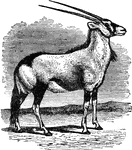
Gemsbok
"A species of antelope, abounding on the dry yet fertile plains of South Africa, where it feeds on the…
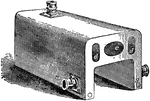
Gold Medal Boiler
"The Gold Medal Boiler is perhaps one of the best of these modified saddles, and like the others has…
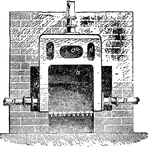
Gold Medal Boiler
"The Gold Medal Boiler is perhaps one of the best of these modified saddles, and like the others has…
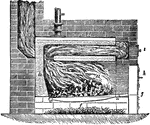
Gold Medal Boiler
"The Gold Medal Boiler is perhaps one of the best of these modified saddles, and like the others has…



